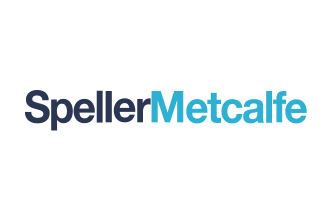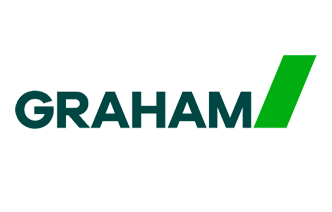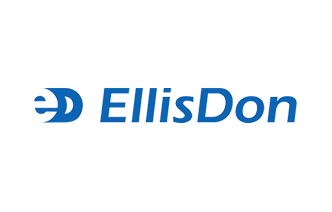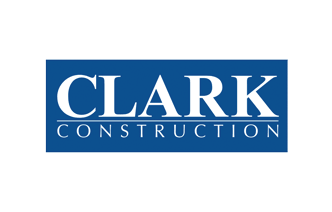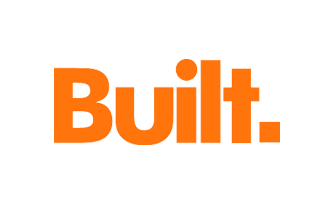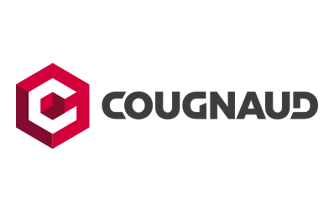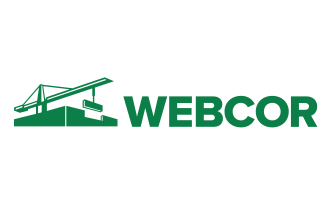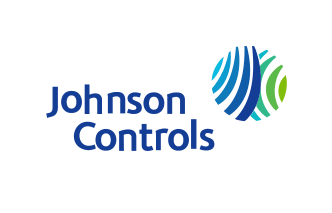4 Positive Impacts Asset Management and Maintenance Have On Your Construction Business
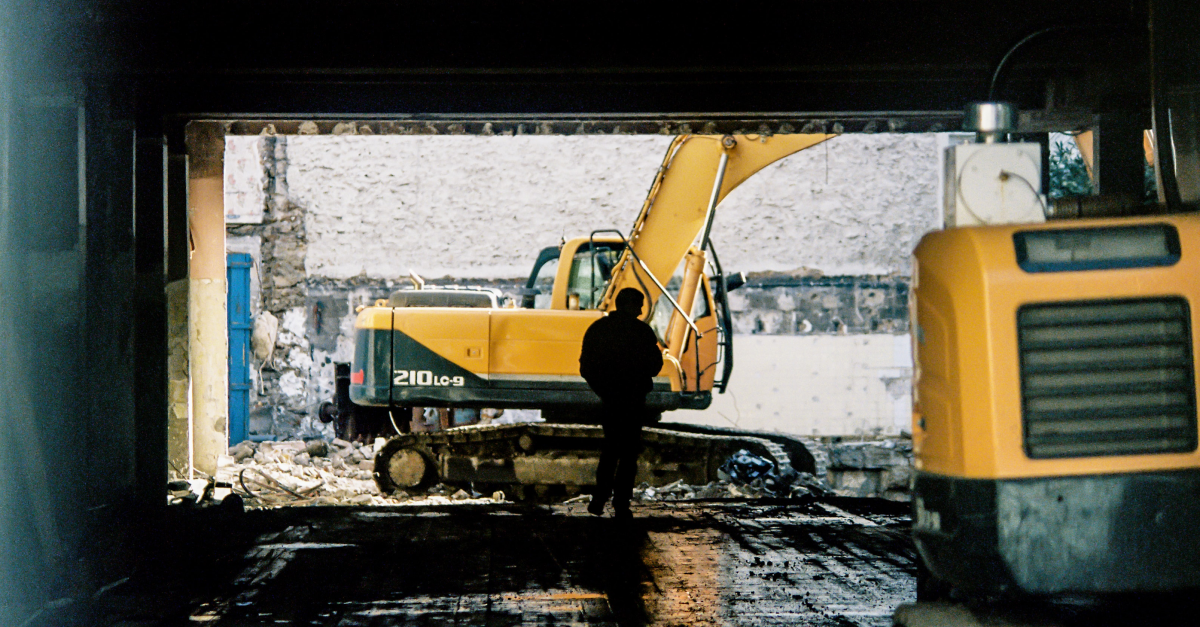
Preventive monitoring and maintenance is crucial to improving the equipment life and eventually sparing you time and cash. While you may assume that paying for scheduled maintenance is unnecessary, the reality is - without it, organizations are typically compelled to undertake more costly repairs.
Budget Tracking and Forecasting Accuracy
Every new machine is in outstanding shape. It functions smoothly. The idea of efficiency that applies to a particular piece of machinery may shift with time; yet, properly-maintained machinery operates virtually as well as brand-new machinery while requiring far less maintenance.
Some construction companies are unsure of when they purchased a certain piece of equipment, much alone when it was last serviced. However, by performing regular maintenance, you will be able to keep an accurate record of completed repairs. This will give you an excellent notion of the time to replace equipment. In addition, a current asset registered with real-time information can be accessed by anyone company-wide.
When equipment runs well, projects are finished on time (or even earlier), and the corporate bottom-line benefits. Maintaining that optimum, like-new state is crucial to retaining that degree of system reliability. Maintenance suffers as efficiency drops. When efficiency decreases, it can have a negative impact on your bottom line.
When a preventive maintenance program is implemented, maintenance costs become predictable over a period of time. This is called predictive maintenance, and it lends the ability to forecast budget dollars with a degree of accuracy. It also ensures that every dollar spent on maintenance is trackable to the individual asset, even to the individual bearings or fan motors if necessary.
This guarantees that the budget is accurately updated, and it can also pinpoint equipment that has reached the end of its useful life and should be replaced. Instead of continuing to throw money into a machine that is headed for the recycle pile, a CMMS tracking system can show unequivocally that a certain piece of equipment is simply costing more than it is worth.
Managing Safety Hazards and Risks
Regular maintenance and inspections help boost the safety surrounding a building site by averting several potentially harmful situations. One example is a breakdown in an emergency. When machinery is overused, it can get overheated and finally collapse from overuse. However, with routine maintenance, you would be able to prevent it since you will be capable of recognizing and resolving the problem promptly.
Many things may become apparent when construction equipment is consistently inspected and maintained. To begin with, any defective equipment may be simply repaired or replaced once it is discovered. Operator checklists and inspection forms should be in place on all heavy equipment to ensure machinery is inspected prior to each use, and any defective or damaged equipment is taken out of service immediately.
By locking out any unsafe equipment and immediately repairing damaged or worn components, site safety is exponentially increased. Lockout and tagout measures ensure that construction workers do not utilize any equipment that is worn out or malfunctioning. Faulty equipment leads to major accidents - don’t take the risk.
No matter how large or small the project is, workers on construction sites should always prioritize safety. One of the greatest methods to ensure the safety of a construction process is to keep the equipment in good working order. You'll also notice improved safety because there's less danger of failure, and therefore less incentive for your staff to try to tweak things of their own accord to make it function better. Furthermore, you won't miss deadlines since a piece of machinery is performing slower or less efficiently than expected.
Warranty Coverage Remains Intact
When it comes to bigger pieces of heavy machinery, regular maintenance is a must because most warranties exclusively allow replacements on parts that were routinely serviced. Having your heavy machinery maintained on a regular basis will guarantee that you may utilize its warranty anytime you need to.
Warranties, like insurance, can cover replacement components and other equipment concerns. Furthermore, just like insurance, those benefits are contingent on equipment being maintained on a regular basis. Most heavy equipment sites, including Caterpillar, offer a preventive maintenance service plan for your equipment in the event your company is smaller sized and doesn’t employ any maintenance technicians. In addition to preventive maintenance plans and parts, they offer training videos and many other helpful guides and tips for your heavy equipment.
If this isn't done and correctly recorded, you won't be able to take advantage of your warranty. This implies you may have to wait longer for the service or pay for it yourself. While it is critical to study the small print on just about any warranty, you really tip the scales in your direction by having a written record demonstrating that your organization did its bit to care for the piece of machinery.
Increased Operational Efficiency
Everyone on a building site should be concerned with operational efficiency. This improves the return on the investment for every move your organization does, implying greater profit. Fortunately, sustaining construction maintenance operations fits right in. Since equipment preventive maintenance checks for damage and deterioration, it helps maintain all of the parts in an efficient manner.
This results in better productivity on the worksite since the equipment is not only functioning, but is also performing at its peak. Since reduced lead times and increased productivity are the goal of proper project workflow, asset management and preventive maintenance can help increase the project's bottom line.
In conclusion, asset management and preventive maintenance programs are highly beneficial for construction businesses. Not only are the cost savings in equipment emergency repairs and downtime verifiable, but the increased productivity can also be viewed in terms of dollars and cents.
To learn more about Fieldwire register for a live demo below.
Bryan Christiansen is the founder and CEO of Limble CMMS. Limble is a modern, easy-to-use mobile CMMS software that takes the stress and chaos out of maintenance by helping managers organize, automate, and streamline their maintenance operations.





